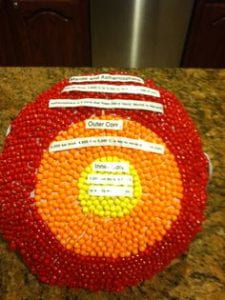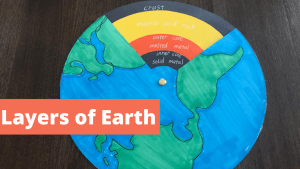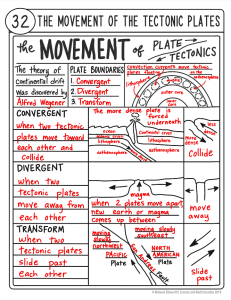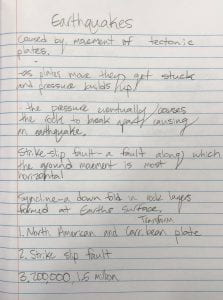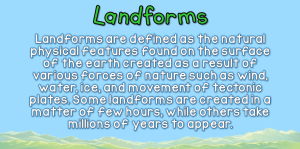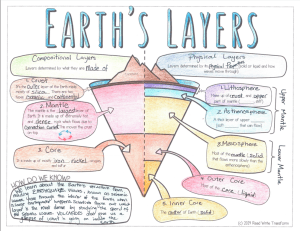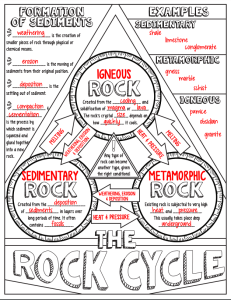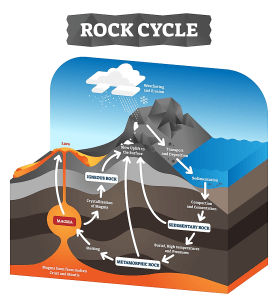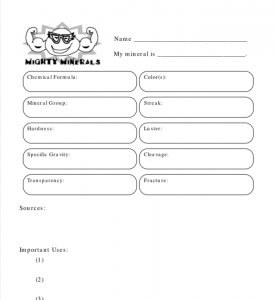Lesson Plans: October 30th – November 3rd
Monday – Unit 3 Test Review.
- This will cover identifying rocks and minerals, classifying rocks as igneous, sedimentary, or metamorphic, labeling parts of the rock cycle diagram, labeling Earth layers and Earth features at tectonic plate boundaries, and describing the three types of tectonic plate boundaries.
Tuesday – Grade a go over test review. Gimkit game with test questions.
Wednesday – Unit 3 Test
Thursday & Friday – Begin Earth Layers Project.
- In this project students will work together to create their own Earth Layers Model. Groups will decide the materials they need to bring in order to construct a model representing the compositional and physical layers of Earth.


